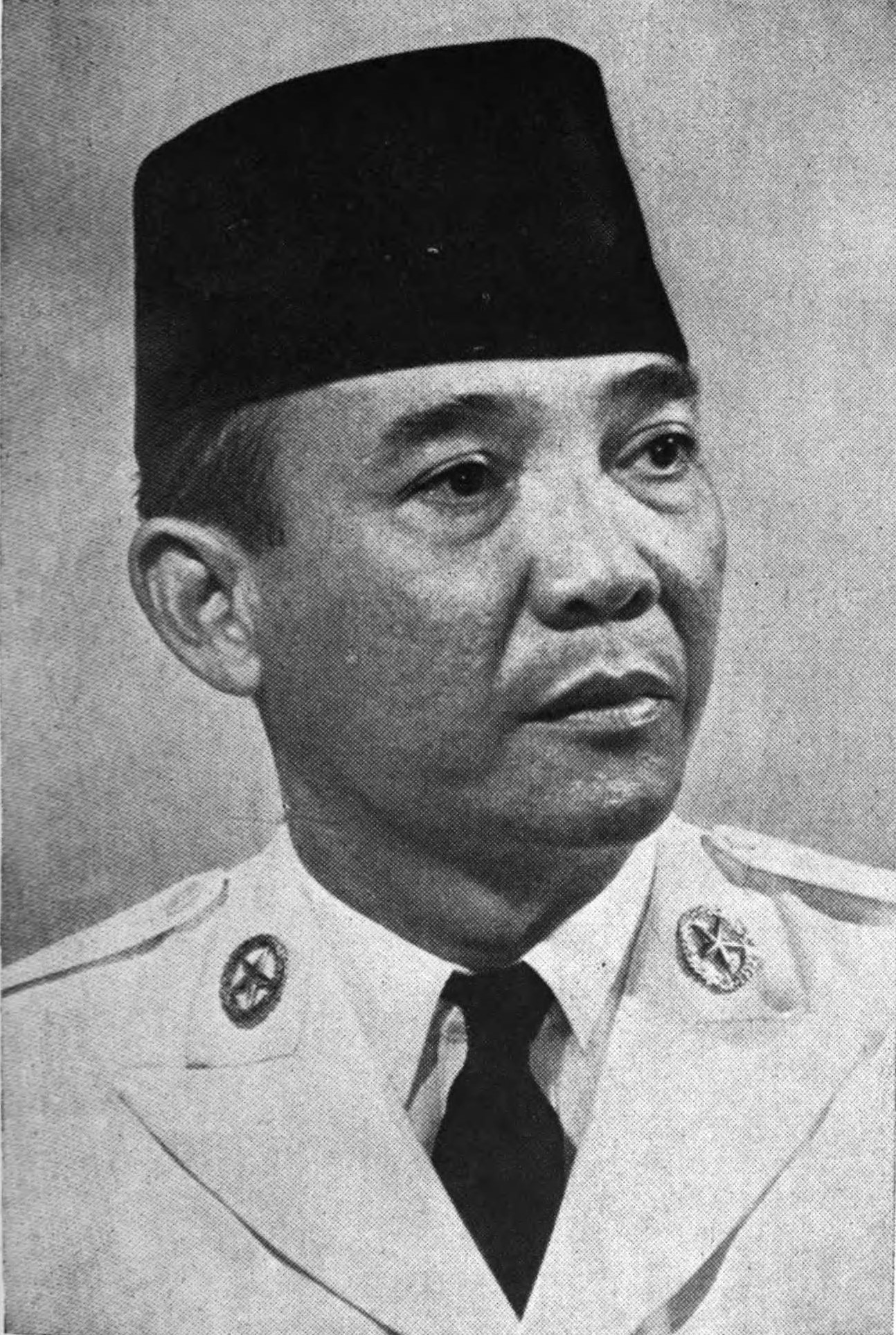|
Safsufa
Kfar Hoshen (), also known as Safsufa (ספסופה), is a moshav in northern Israel. Located around four kilometres north of Meron, it falls under the jurisdiction of Merom HaGalil Regional Council. In it had a population of . History The moshav was founded in 1949 by immigrants to Israel from Bulgaria and with the support of the Moshavim Movement. The land had previously belonged to the Palestinian village of Safsaf, whose residents fled to Lebanon after the Safsaf massacre in October 1948 during the 1948 Arab-Israeli war. The population was added in early years of the state by Jewish immigrants from Yemen and Aden, and starting in 1953 immigrants from Morocco and Tunisia also came. The original name "Safsufa" is based on an identical name found in the Jerusalem Talmud, whose name is preserved in the village Safsaf; the Hebrew word "Safsaf" means an area where fruits ripen later than usual.Hareuveni, Imanuel (2010). Eretz Israel Lexicon' (in Hebrew). Matach. p. 724. The ... [...More Info...] [...Related Items...] OR: [Wikipedia] [Google] [Baidu] |
Merom HaGalil Regional Council
The Merom HaGalil Regional Council (, ''Mo'atza Azorit Merom HaGalil'') is a regional council in the northern Galilee of northern Israel. The regional council was established in 1950. The head of the council is Shlomo Levi. List of settlements This regional council provides various municipal services for various villages within its territory including moshavim, a kibbutz, and other types of settlements: Community settlements * Amuka * Bar Yochai *Birya * Inbar * Kalanit * Kfar Hananya * Livnim * Or HaGanuz Kibbutzim * Parod Moshavim *Alma * Amirim *Avivim * Dovev * Dalton * Hazon *Kerem Ben Zimra * Kfar Hoshen * Kfar Shamai * Meron * Safsufa * Shefer * Shezor * Tefahot Minority villages * Ein el-Asad (Druze) * Rehaniya (Circassian) Unrecognised *Kadita Kadita () is an unrecognised community settlement in northern Israel. Located in the Upper Galilee, it falls under the jurisdiction of Merom HaGalil Regional Council. In it had a population of . History In 1988 four famil ... [...More Info...] [...Related Items...] OR: [Wikipedia] [Google] [Baidu] |
History Of The Jews In Bulgaria
The history of the Jews in Bulgaria goes back almost 2,000 years. Jews have had a continuous presence in historic Bulgarian lands since before the 2nd century CE, and have often played an important part in the history of Bulgaria. Today, the majority of Bulgarian Jews live in Israel, while modern-day Bulgaria continues to host a modest Jewish population. Roman era Jews are believed to have settled in the region after the Roman conquest in 46 CE. Ruins of "sumptuous" second-century synagogues have been unearthed in Philipopolis (modern Plovdiv), Nicopolis ( Nikopol), Ulpia Oescus ( Gigen, Pleven Province), and Stobi (now in North Macedonia). The earliest written artifact attesting to the presence of a Jewish community in the Roman province of Moesia Inferior is a late 2nd-century CE Latin inscription found at Ulpia Oescus bearing a menorah and mentioning ''archisynagogos''. Josephus testifies to the presence of a Jewish population in the city. A decree of Roman Empero ... [...More Info...] [...Related Items...] OR: [Wikipedia] [Google] [Baidu] |
1949 Establishments In Israel
Events January * January 1 – A United Nations-sponsored ceasefire brings an end to the Indo-Pakistani War of 1947. The war results in a stalemate and the division of Kashmir, which still continues as of 2025 * January 2 – Luis Muñoz Marín becomes the first democratically elected Governor of Puerto Rico. * January 11 – The first "networked" television broadcasts take place, as KDKA-TV in Pittsburgh, Pennsylvania, goes on the air, connecting east coast and mid-west programming in the United States. * January 16 – Şemsettin Günaltay forms the new government of Turkey. It is the 18th government, last One-party state, single party government of the Republican People's Party. * January 17 – The first Volkswagen Beetle, VW Type 1 to arrive in the United States, a 1948 model, is brought to New York City, New York by Dutch businessman Ben Pon Sr., Ben Pon. Unable to interest dealers or importers in the Volkswagen, Pon sells the sample car to pay his ... [...More Info...] [...Related Items...] OR: [Wikipedia] [Google] [Baidu] |
Populated Places Established In 1949
Population is a set of humans or other organisms in a given region or area. Governments conduct a census to quantify the resident population size within a given jurisdiction. The term is also applied to non-human animals, microorganisms, and plants, and has specific uses within such fields as ecology and genetics. Etymology The word ''population'' is derived from the Late Latin ''populatio'' (a people, a multitude), which itself is derived from the Latin word ''populus'' (a people). Use of the term Social sciences In sociology and population geography, population refers to a group of human beings with some predefined feature in common, such as location, race, ethnicity, nationality, or religion. Ecology In ecology, a population is a group of organisms of the same species which inhabit the same geographical area and are capable of interbreeding. The area of a sexual population is the area where interbreeding is possible between any opposite-sex pair within the ... [...More Info...] [...Related Items...] OR: [Wikipedia] [Google] [Baidu] |
Moshavim
A moshav (, plural ', "settlement, village") is a type of Israeli village or town or Jewish settlement, in particular a type of cooperative agricultural community of individual farms settler, pioneered by the Labour Zionists between 1904 and 1914, during what is known as the Second Aliyah, second wave of ''aliyah''. A resident or a member of a moshav can be called a "moshavnik" (). There is an umbrella organization, the Moshavim Movement. The moshavim are similar to kibbutzim with an emphasis on communitarian, individualist labour. They were designed as part of the Zionist state-building programme following the green revolution in the Mandatory Palestine, British Mandate of Palestine during the early 20th century, but in contrast to the collective farming kibbutzim, farms in a moshav tended to be individually owned but of fixed and equal size. Workers produced crops and other goods on their properties through individual or pooled labour with the profit and foodstuffs go ... [...More Info...] [...Related Items...] OR: [Wikipedia] [Google] [Baidu] |
Aryeh Deri
Aryeh Makhlouf Deri (; ), also Arie Deri, Arye Deri, or Arieh Deri (born 17 February 1959), is an Israeli politician and one of the founders of the Shas political party who served as the Vice Prime Minister, Minister of Health, and Minister of the Interior and Periphery under Prime Minister Benjamin Netanyahu from December 2022 to January 2023. Previously he served as the Minister of the Interior, Minister of the Development of the Negev and Galilee, Minister of the Economy, as well as a member in the Security Cabinet of Israel. In 1999, Deri was convicted of bribery, fraud, and breach of trust; he was given a three-year jail sentence. At the end of 2012, ahead of the elections for the nineteenth Knesset, he returned to lead the Shas party. He was placed in second position on the list, thus being re-elected to the Knesset. In May 2013, he was re-appointed to the role of Shas chairman. In December 2021, it was reported that Deri would resign from the Knesset as part of ... [...More Info...] [...Related Items...] OR: [Wikipedia] [Google] [Baidu] |
Terumot
Terumot (, lit. "Priestly dues" and often, "heave-offering") is the sixth tractate of '' Seder Zeraim'' ("Order of Seeds") of the Mishnah and of the Jerusalem Talmud. This tractate discusses the laws of teruma, a gift of produce that an Israelite farmer was required to set aside and give to a ''kohen'' (priest). There were two kinds of ''terumot'' given to the priest: the regular heave-offering, known also as the ''terumah gedolah'' ("great heave-offering"), which the Israelites were required to give to the priest from the produce of their fields; the other was the ''terumat ma'aser'' ("tithe of the heave-offering"), namely, the gift that the Levites were required to put aside for the priests from the tithe which ordinary Israelites had been required to give to them. The laws detailed in this tractate are derived from the Torah in and , and for ''terumat ma'aser'' from . The mitzvah (commandment) applies only to produce grown in the Land of Israel and continues to be obs ... [...More Info...] [...Related Items...] OR: [Wikipedia] [Google] [Baidu] |
Jerusalem Talmud
The Jerusalem Talmud (, often for short) or Palestinian Talmud, also known as the Talmud of the Land of Israel, is a collection of rabbinic notes on the second-century Jewish oral tradition known as the Mishnah. Naming this version of the Talmud after Palestine or the Land of Israelrather than Jerusalemis considered more accurate, as the text originated mainly from Galilee in Byzantine Palaestina Secunda rather than from Jerusalem, where no Jews were allowed to live at the time. The Jerusalem Talmud predates its counterpart, the Babylonian Talmud (known in Hebrew as the ), by about a century. It was written primarily in Galilean Aramaic. It was compiled between the late fourth century to the first half of the fifth century. Both versions of the Talmud have two parts, the Mishnah (of which there is only one version), which was finalized by Judah ha-Nasi around the year 200 CE, and either the Babylonian or the Jerusalem Gemara. The Gemara is what differentiates the Jerusalem ... [...More Info...] [...Related Items...] OR: [Wikipedia] [Google] [Baidu] |
Tunisia
Tunisia, officially the Republic of Tunisia, is a country in the Maghreb region of North Africa. It is bordered by Algeria to the west and southwest, Libya to the southeast, and the Mediterranean Sea to the north and east. Tunisia also shares maritime borders with Italy through the islands of Sicily and Sardinia to the north and Malta to the east. It features the archaeological sites of Carthage dating back to the 9th century BC, as well as the Great Mosque of Kairouan. Known for its ancient architecture, Souks of Tunis, souks, and blue coasts, it covers , and has a population of 12.1 million. It contains the eastern end of the Atlas Mountains and the northern reaches of the Sahara desert; much of its remaining territory is arable land. Its of coastline includes the African conjunction of the western and eastern parts of the Mediterranean Basin. Tunisia is home to Africa's northernmost point, Cape Angela. Located on the northeastern coast, Tunis is the capital and List of cities ... [...More Info...] [...Related Items...] OR: [Wikipedia] [Google] [Baidu] |




